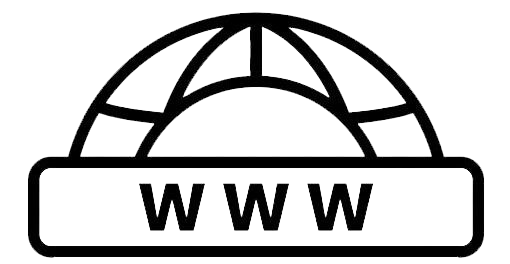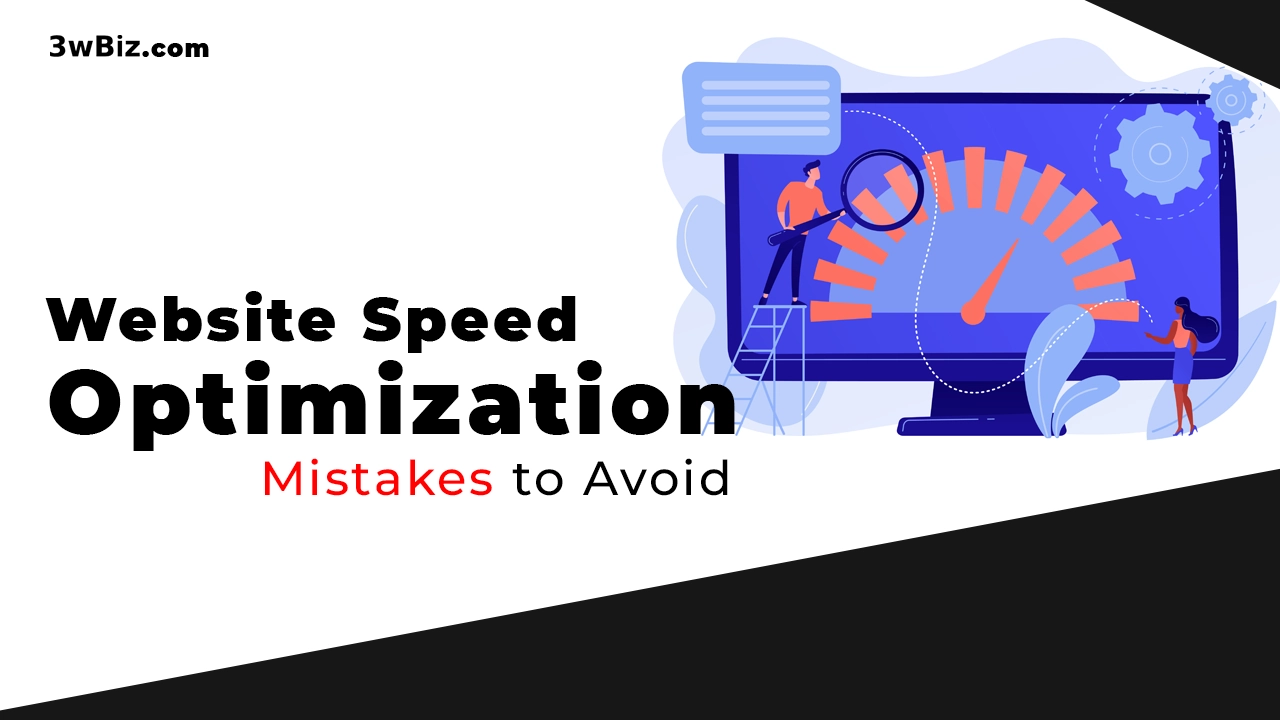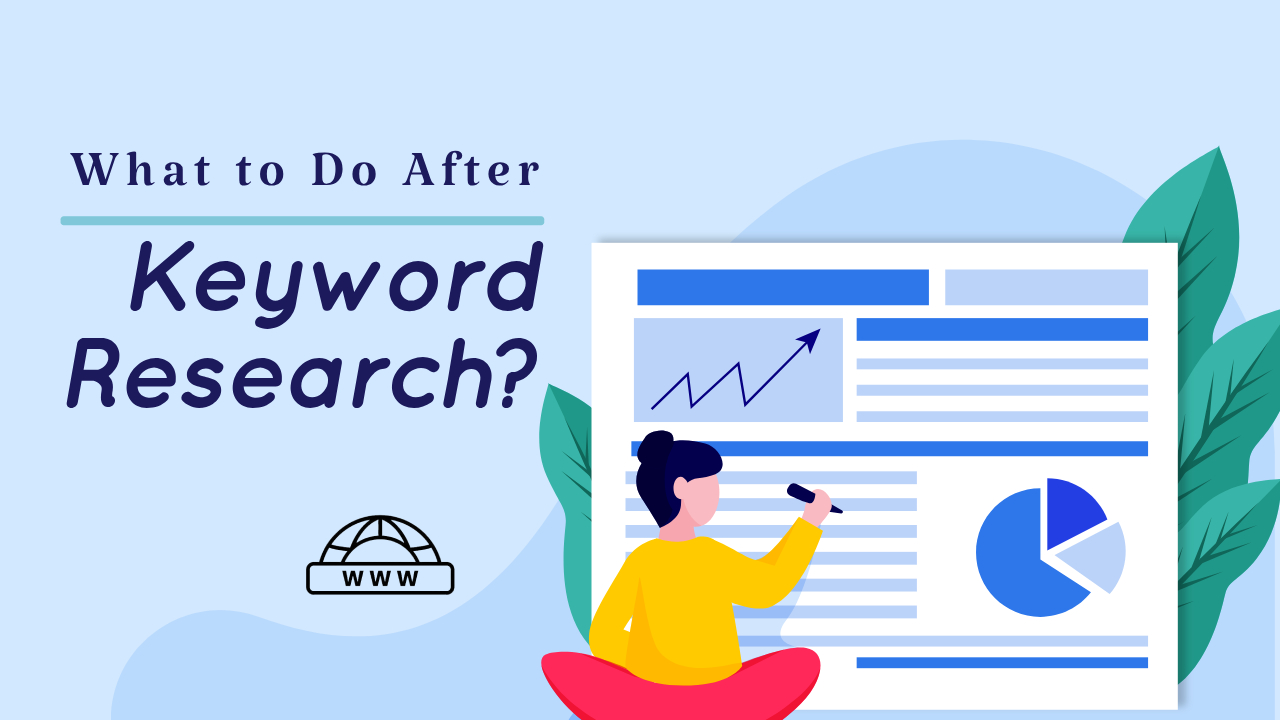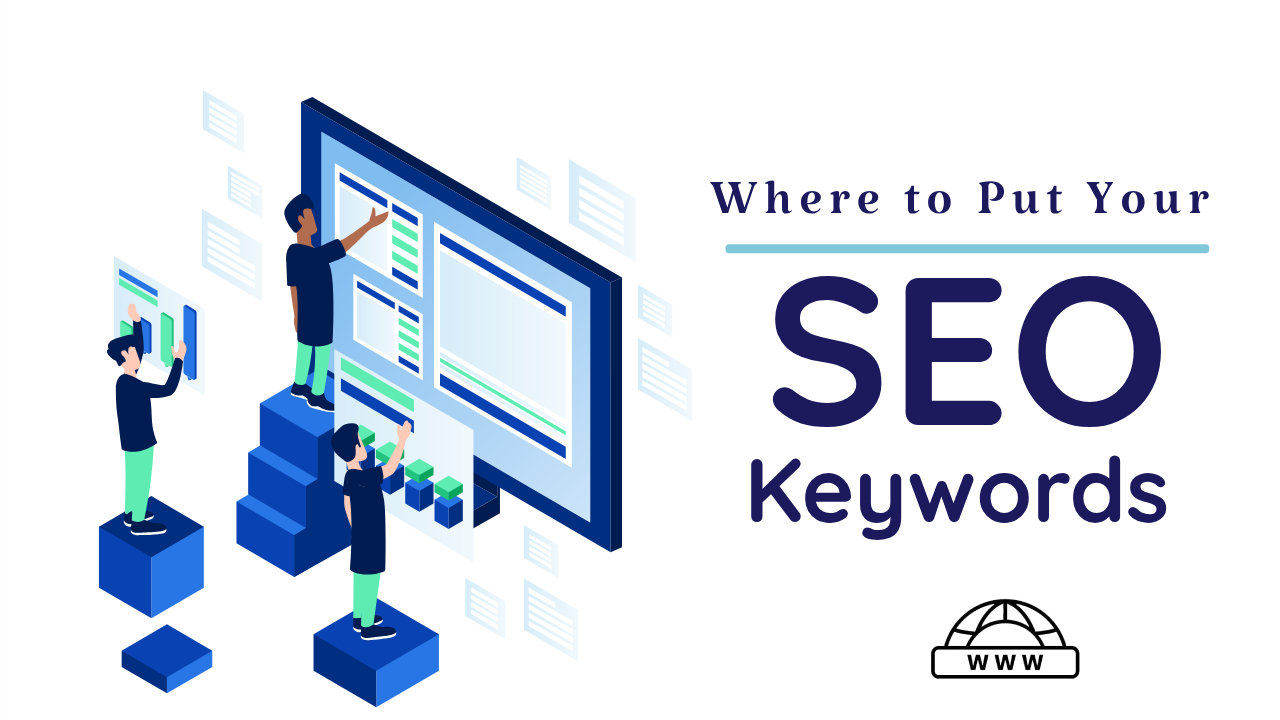Website speed optimization is crucial for SEO success. Slow-loading websites not only frustrate users but also rank lower in search engine results. To ensure your website is fast and optimized for technical SEO, it’s essential to avoid common mistakes. In this article, we’ll discuss these mistakes and how to avoid them, helping you improve your website’s speed and overall performance.
Common Speed Optimization Mistakes:
1: Over-optimization or Deferred Resource Loading:
Delayed loading of essential resources such as stylesheets and scripts can lead to a broken layout during the initial seconds of website loading. Preloading critical resources above the fold can mitigate this issue, ensuring a seamless user experience from the outset.2: Delaying JavaScript or Images in Hero Elements:
Avoid lazy loading or delaying JavaScript and images in prominent elements like hero banners or sliders. Doing so can result in delayed or hidden content presentation, frustrating users and impacting engagement.3: Enabling Access from Non-Relevant Geographic Regions:
Serving website content to regions with no business relevance can contribute to poor performance metrics. Identifying and restricting access from such areas can help maintain optimal website performance and cater specifically to target demographics.4: Choosing Subpar Hosting Providers or Slow Servers:
Opting for inexpensive hosting solutions often means sharing server resources with numerous other websites, leading to sluggish response times. Investing in reliable hosting services ensures swift server response, crucial for maintaining a snappy website experience.5: Neglecting Mobile Optimization:
With a significant portion of web traffic originating from mobile devices, neglecting mobile optimization can be detrimental. Prioritizing mobile speed optimization enhances user satisfaction and accessibility across various devices.6: Overlooking Technical SEO Issues:
Technical SEO optimizations play a pivotal role in enhancing website performance and search engine visibility. Addressing issues such as unncessary redirects, redirect chains.7: Forgetting to Minify CSS and JavaScript:
Failure to minify CSS and JavaScript files can result in unnecessary load times and increased bandwidth usage. Minification reduces file sizes by removing redundant characters and whitespace, optimizing website performance.8: Neglecting Browser Caching:
Implementing browser caching allows frequently accessed resources to be stored locally, reducing load times for returning visitors. Neglecting browser caching can lead to missed optimization opportunities and slower page loading speeds.9: Overloading Your Website with Plugins:
While plugins can add functionality to your website, excessive use can bloat code and degrade performance. Prioritize essential plugins and periodically audit their impact on website speed optimization to maintain optimal performance.10: Neglecting Image Optimization:
Large, uncompressed images can significantly slow down website loading times. Utilize image compression techniques and proper formatting to minimize file sizes without compromising visual quality, ensuring swift image loading across all devices.Conclusion:
Optimizing your website for speed is crucial for SEO success. By avoiding these common mistakes and implementing best practices, you can improve your website’s speed, user experience, and search engine rankings. Remember to regularly monitor and test your website’s speed to ensure it remains optimized for technical SEO. Contact If you have any question and need help in speed optimization.






